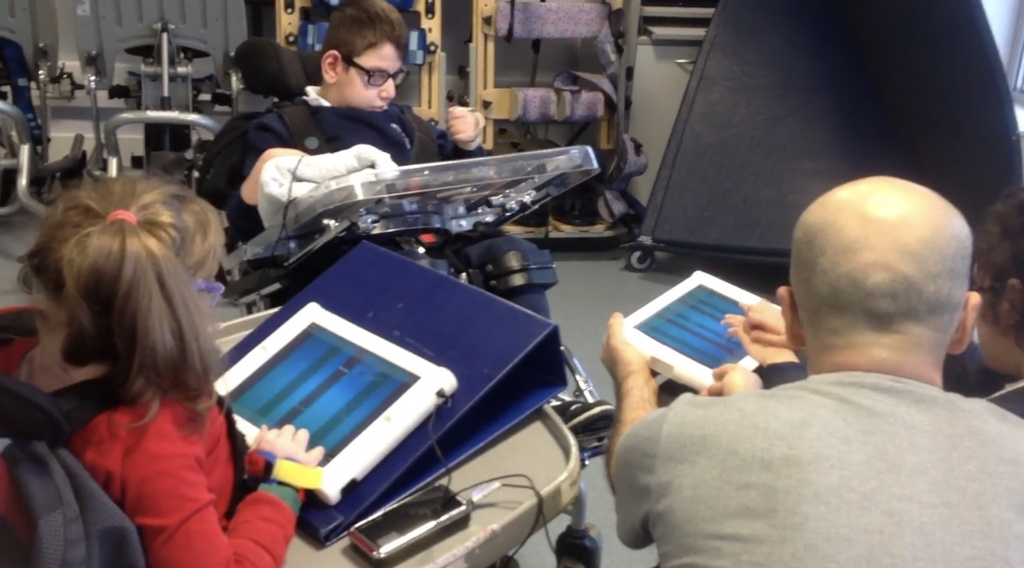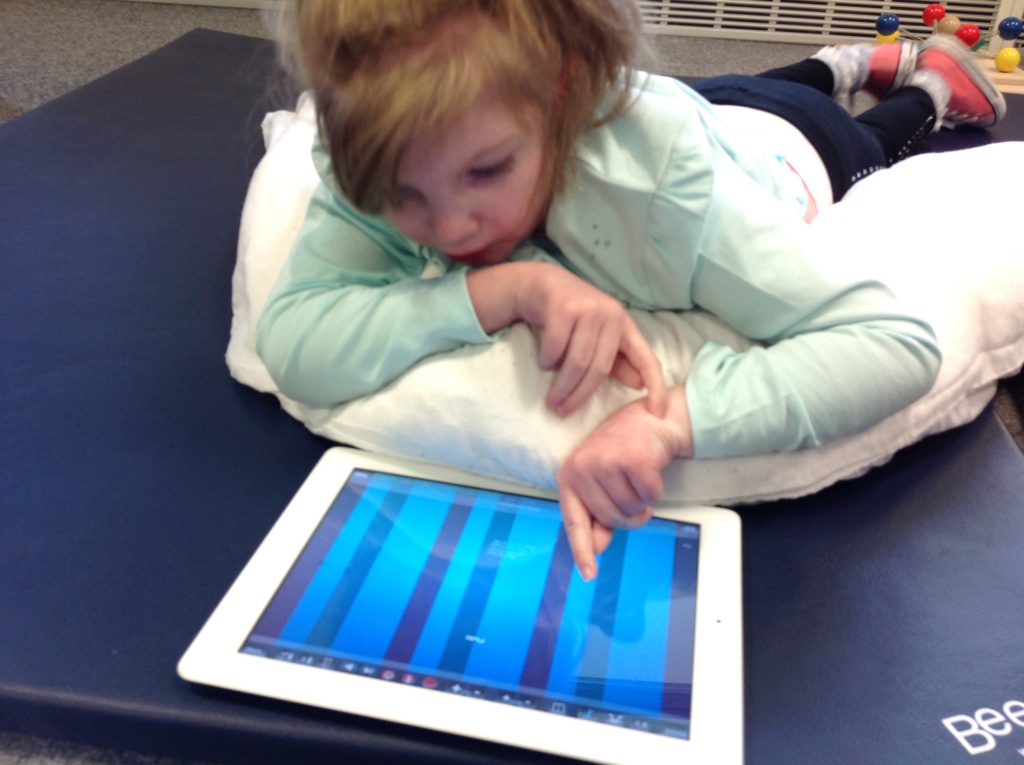
Overcoming Passivity
As a special needs music teacher, my greatest joy is creating opportunities for my students with profound and complex learning needs to explore their own playing and vocalising capabilities through music. For many of these students, traditional music activities require dexterity and verbal capabilities that are unavailable to them. Often, their musical experiences are passive—listening to music that is played to them, or perhaps having someone move their body for them, either to play a drum or percussive instrument or to be moved around while music plays.
This model of passive engagement with music does very little in the way of adding quality to students’ lives and is more just a token way of passing time. I felt that there must be a way to focus on their capabilities rather than their disabilities and so I explored the available technologies and created a programme that would allow the students to play in their own band, expressing themselves individually.
For most of my students, the ability to play or learn a traditional instrument is well out of their reach, usually due to severe physical limitations. However, for most students, moving their body in whatever way they can is crucial for developing a sense of self awareness and independence of being. I have found that most of them can manage broad movements that can translate on an iPad, whether with their hands, feet, chin, nose, elbow or other body part!
So, the trick was to find an interface that would register this kind of activity and connect it to music making. The two crucial technology elements are an iPad and the ThumbJam app. Note: I prefer iPad over Android because the iPad’s touch screen is instantly responsive to the lightest touch and the Guided Access facility (in Settings) enables the teacher to cordon off any area of the iPad playing screen to prevent players accidentally changing the settings.

Grooving with ThumbJam
ThumbJam is a music performance experience app that has a wide variety of sampled instruments, scales and features that make it possible to create musical sounds in a variety of styles. In addition to its high-quality audio samples, it is also possible to add effects using tilt and shake of the iPad. It allows for simultaneous touch so multiple sounds can be produced at once. Compared to other similar instrument apps, ThumbJam shines. It uses the whole screen, which makes it easier for students to use, and it has a wide range of instruments to choose from with good authentic sounds. It’s not pre-programmed with automated music loops, which means the students are truly making choices of what they play.
When using ThumbJam, students can play with whatever body part they are capable of using—for some it’s fingers or toes, and others, it can be their nose, chin or elbow. It really doesn’t matter. The main thing is that they are making music themselves, actively participating in the ensemble, making choices and engaging personally with the experience. I listen to their sounds and create a musical backing (or use one of my pre-recorded backings) to bring us together. Between us we create an original composition and every time we do this, it sounds different.